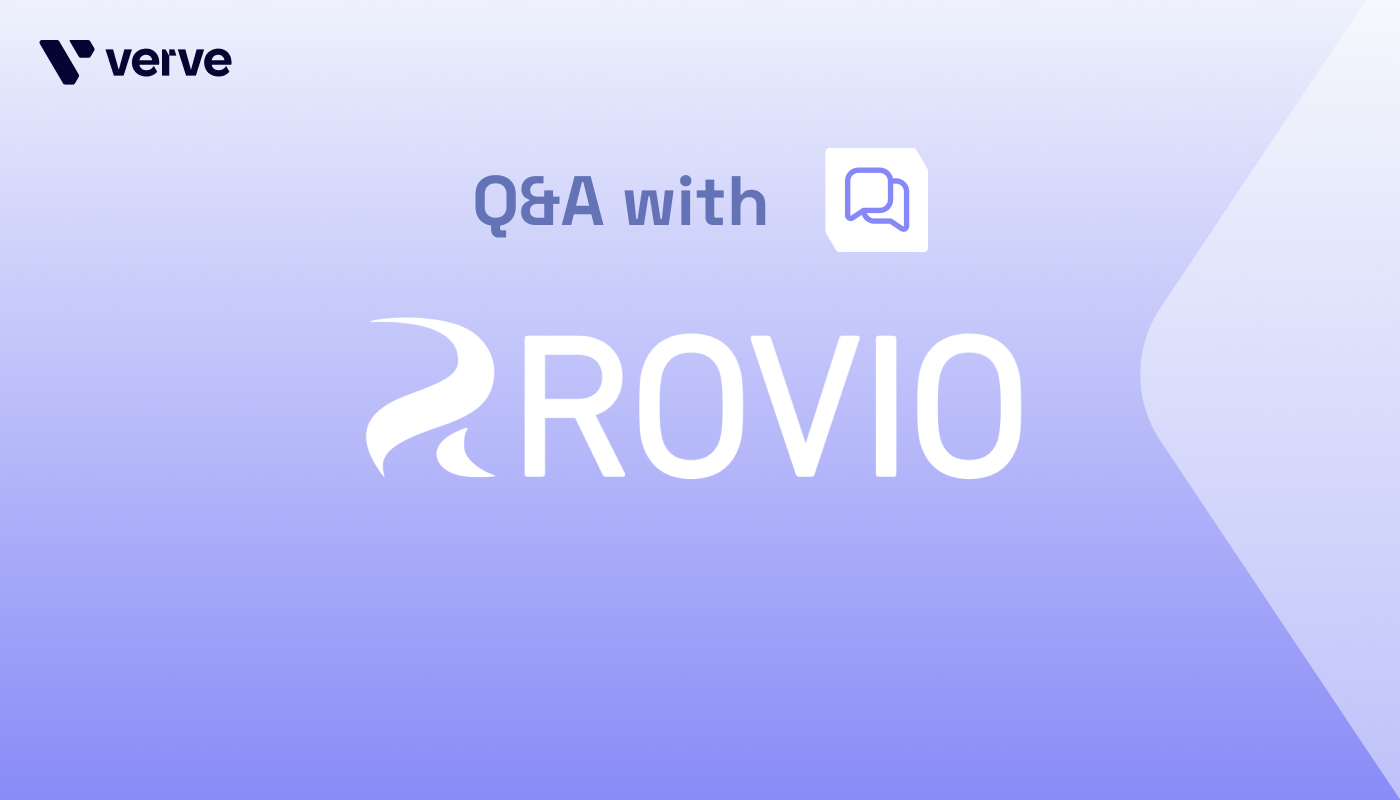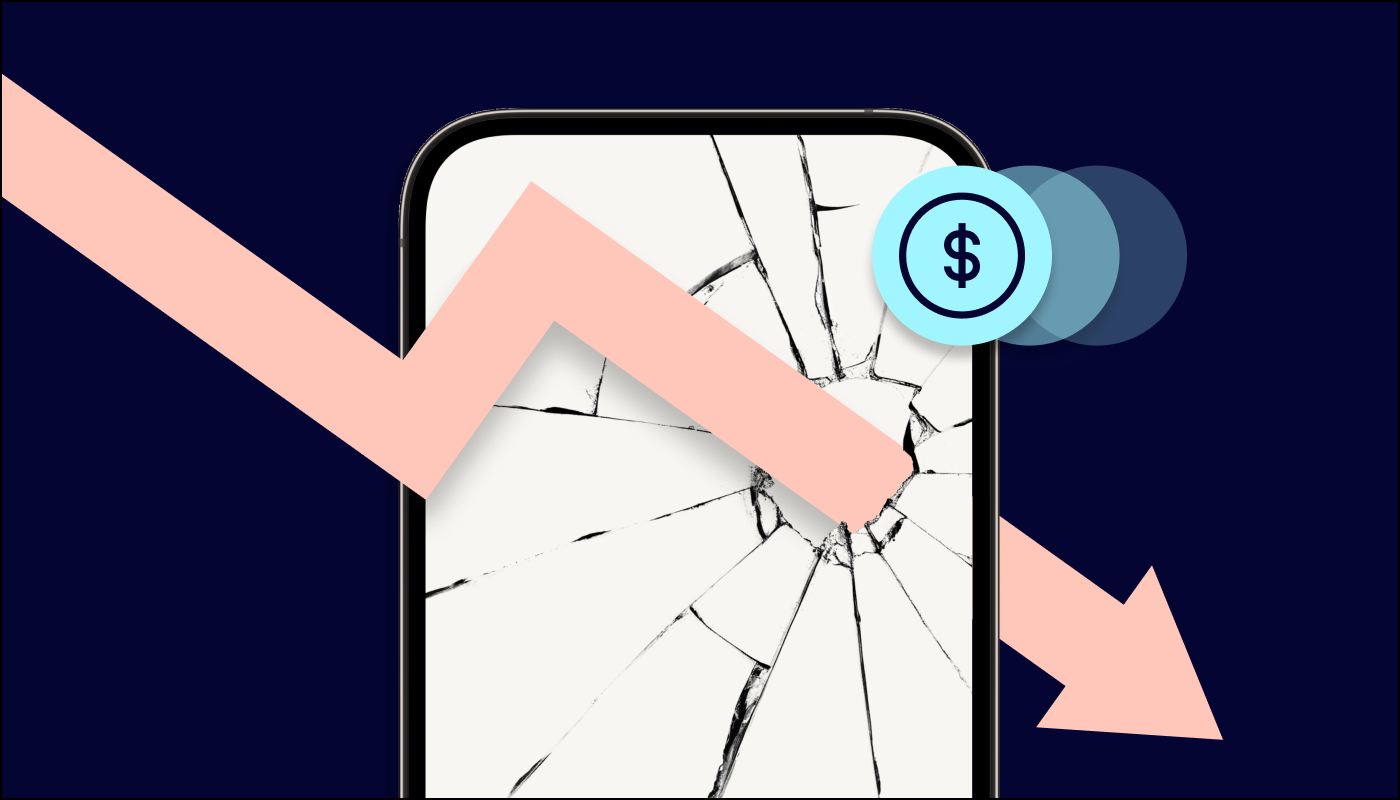It is imperative for ad tech to prove its durability to weather multiple storms that challenge it. Fundamentally, a good cookie recipe, brand, or technology proves its durability because they can be future-proofed. This begs the question: With so much attention our industry has placed on cookie deprecation, how durable is a cookie?
In other words, even though we’re all sick of cookie puns in the ad-tech space, is there a different recipe for cookies we could try — even if we mess it up?
Cookies are burnt, but we’re still eating them
In an era of massive regulatory change, consumers are bombarded with privacy and cookie statements. A privacy policy will include ways a company might collect and store data from users, but a “cookie policy” refers to specific embedded tracking technology and how it does or does not track user behavior.
But the latter isn’t enough. Let’s remember that cookies (as part of HTTP headers) as a technology were not designed for a number of advertising use cases. They were a “hack” for cross-domain targeting as opposed to more durable and perpetual identifiers such as authenticated identity — i.e., Google or Meta using first-party domain cookies.
Still, with the conversation started about cookies becoming obsolete, nobody has come up with a true and universally accepted replacement. While companies across the globe have been working within the Privacy Sandbox to think about what the future could look like, the date for fully moving away from cookies has been pushed back to 2024 because our industry can’t find a lasting and scalable solution. We still have cookies for now, and brands/advertisers are still “eating” them. Perhaps we need to be smarter about how to eat them.
Equally as important is the ability for cookie replacements to solve future problems. Advances in Web3 could unearth ways for brands and marketers to stay relevant — with zero-party data, integrated marketing technology and customer-centric governance. This year will also provide a unique opportunity for the test-and-learn design of experiments to use cookie-based control groups to measure efficacy on such methodologies as contextual, interest-based ads, and behavioral matching.
Making an easier-to-chew cookie
In short, ad tech must start now in finding ways to strengthen cookie durability. Here are a few ideas to get us started:
Where possible, leverage artificial intelligence (AI) and machine learning (ML).
Thanks to the pandemic, consumer behavior and privacy have driven different technological and human responses. We have seen several examples of audience cohorts that aggregate users and, in turn, provide a different vehicle for connecting with customers.
Micro-cohort personalization is primed to become one of the more “durable” components of ad-tech and could easily become the de facto method for targeting in 2025 and beyond across an open web. Personalization in the form of on-device clustering can also be a powerful driver for interest-based advertising, but I also think we need to find other ways for it to be used.
Google’s timeline for Privacy Sandbox results (2024) conveniently matches the AI and ML evolution, and allows for the timeline of cluster/cohort-based learnings to be exposed to marketing use cases outside of Google’s wheelhouse.
Listen to the end user to see if the recipe is right for them.
Great companies throughout history have listened to his customers to understand what products should be sold. Advertisers need to do a better job of listening, and the ad-tech sector can help them do it.
Joe and Jane Public have become as smart as the technology that services them; they can easily remove cookies from a cache because they feel the technology invades their privacy. But imagine if we asked Mr. and Mrs. Public if they could be a part of the process of creating new technology. Their insights can shape recipes that we may be missing.
Learn from other technologies to make a more durable recipe.
Apple may be recognized as a global brand with great products, but its launch and release of the Newton PDA is considered a disaster — unless you look at the “intelligent assistant” feature that allowed you to perform tasks using natural language. Today, Siri, Alexa, Cortana, and other voice assistants have proven the durable power of one’s voice. Likewise, we should look to past models and technologies to mine ideas for future solutions.
Conclusion
While our industry embarks on solutions to replace the cookie, the answers must not be short-term options. They have to be battle-tested as well as beta-tested. Solving problems ahead of time can go a long way in measuring a durable solution, and durability is what will keep our industry moving forward. It’s time for us to toughen up.
NOTE: This article originally appeared in Forbes Technology Council on June 23, 2023








